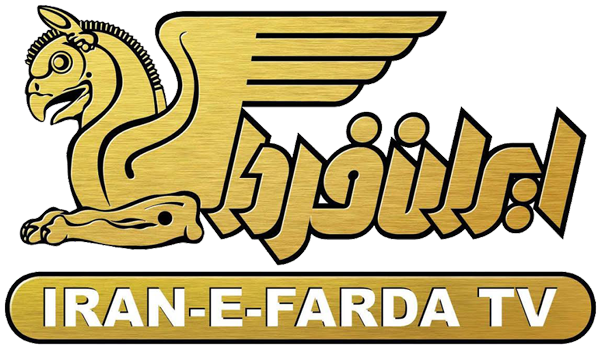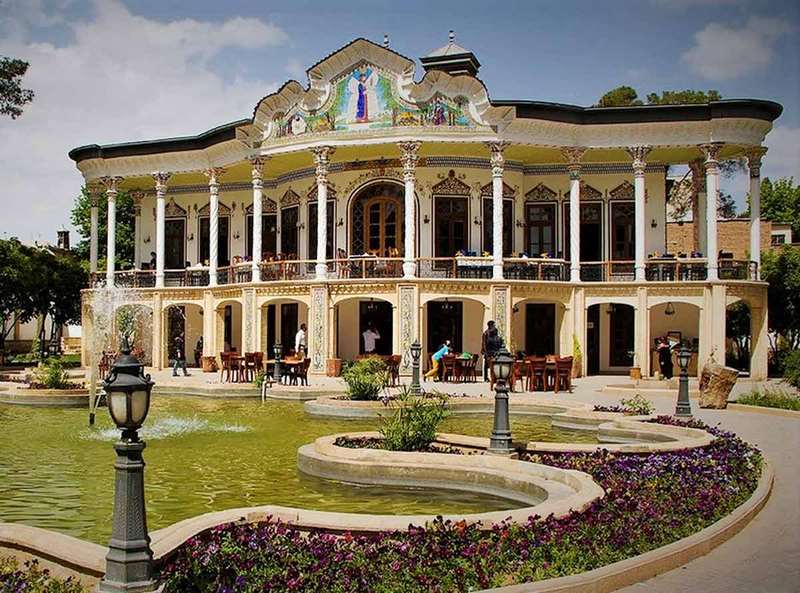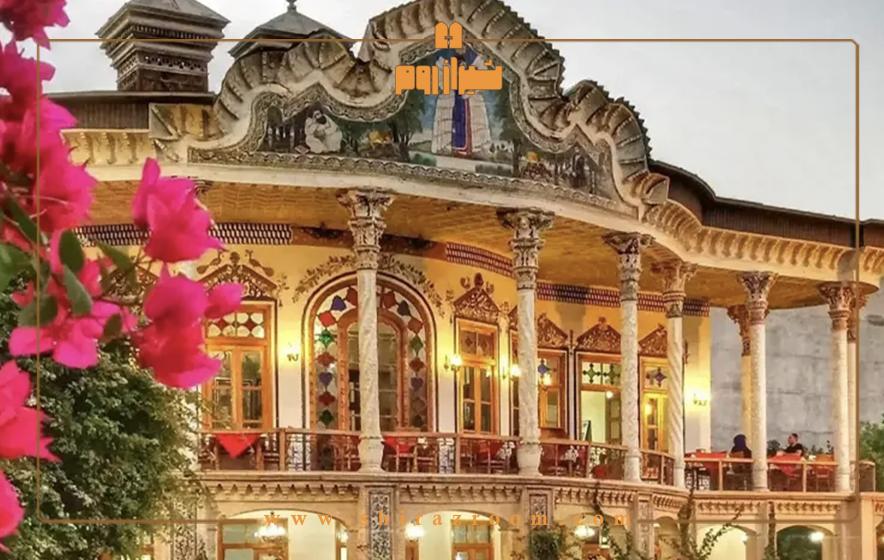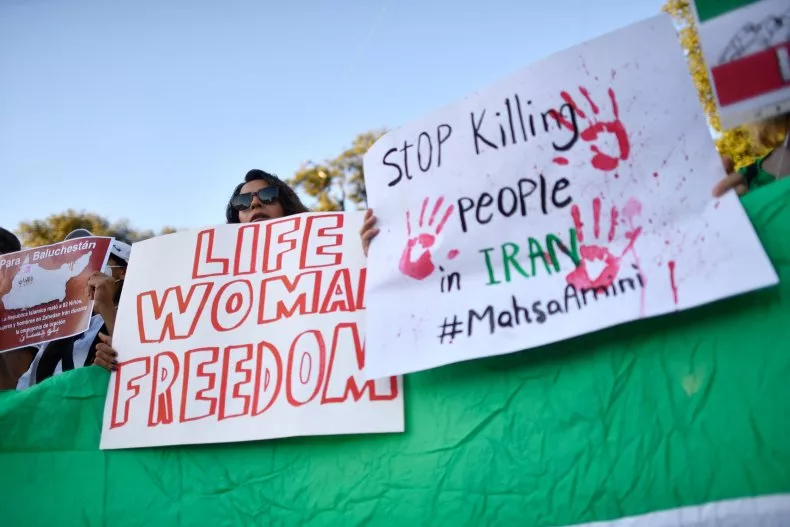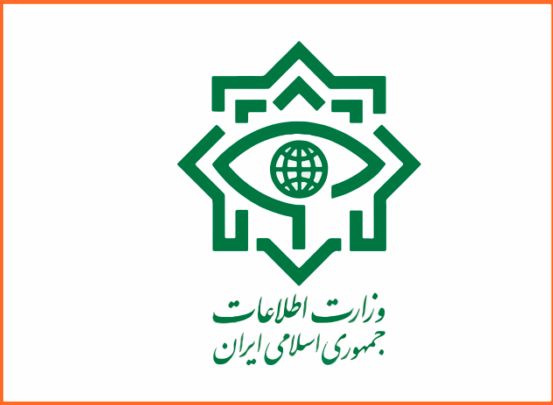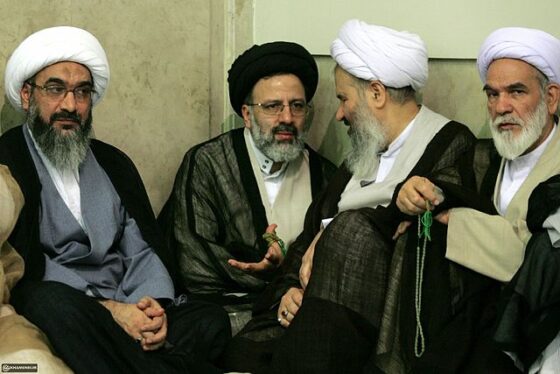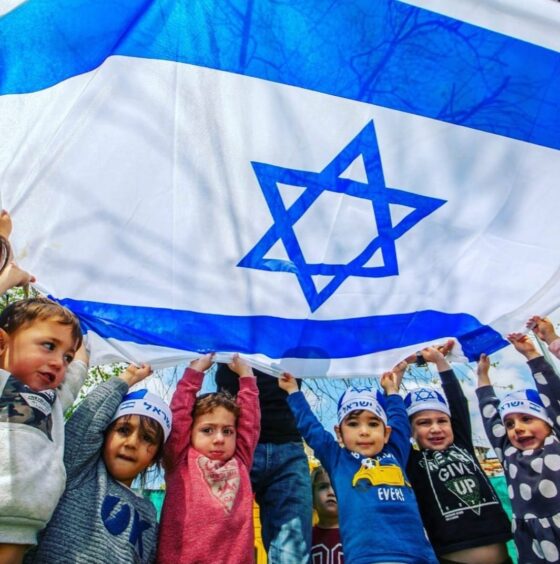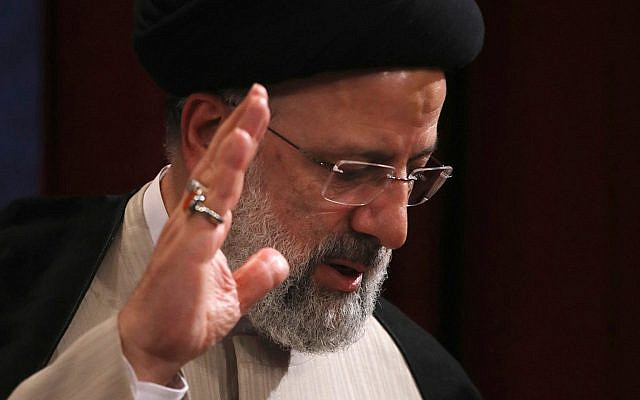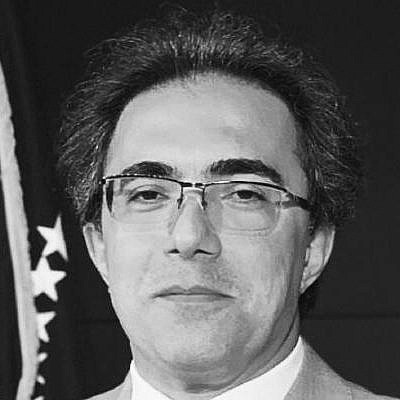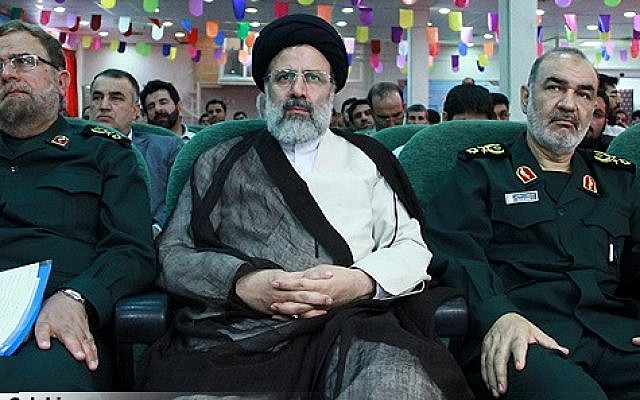Iran state TV says ‘rioters’ shot and killed amid protests
Published on: 2019-12-03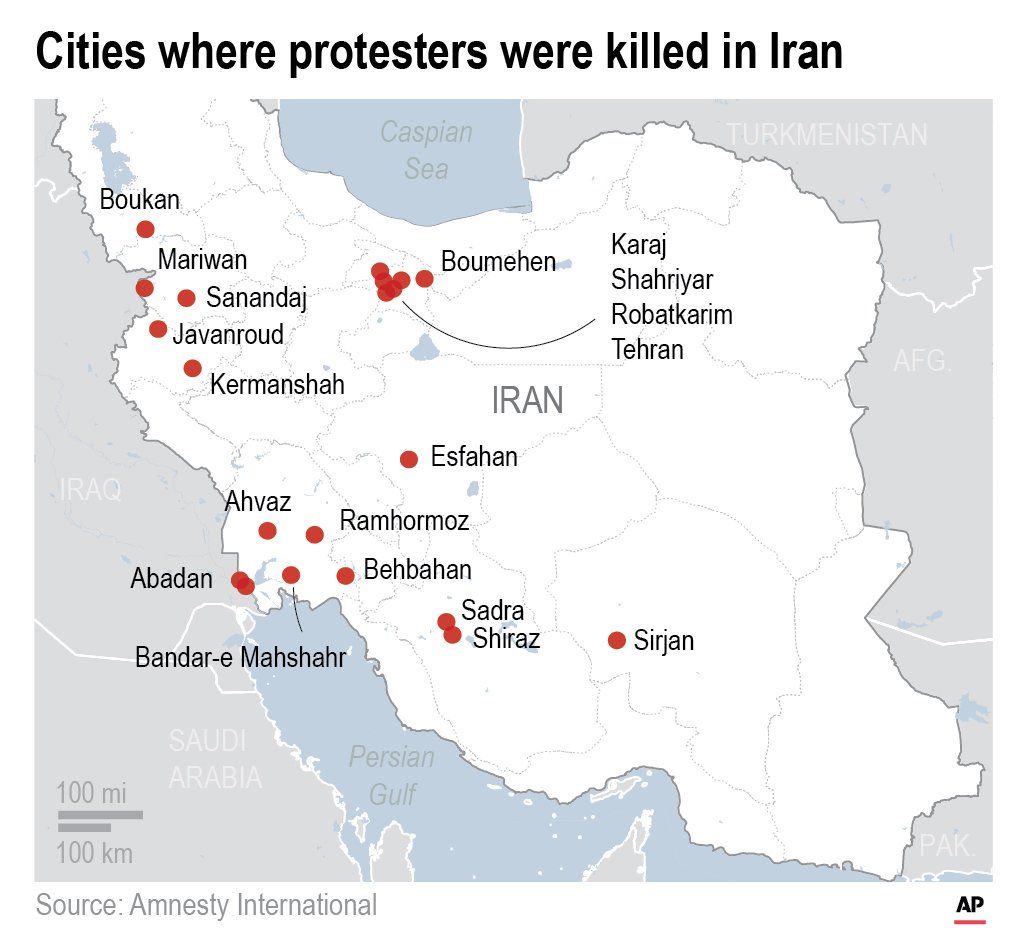
DUBAI, United Arab Emirates (AP) — Iranian state television on Tuesday acknowledged security forces shot and killed what it described as “rioters” in multiple cities amid recent protests over the spike in government-set gasoline prices — the first time that authorities have offered any sort of accounting for the violence they used to put down the demonstrations.
Amnesty International believes the unrest and crackdown that followed, beginning in mid-November, killed at least 208 people. An Iranian judiciary official disputed the toll as “sheer lies,” without offering any evidence to support his position.
Iran shut down internet access amid the unrest, blocking those inside the country from sharing their videos and information. It also limited the outside world’s insight into the scale of the protests and the violence, though online videos have emerged purporting to show security forces shooting protesters.
The recent demonstrations over gasoline prices — while not drawing as many Iranians into the streets as the 2009 protests over the country’s disputed presidential election — rapidly turned violent, faster than previous rallies.
That shows the widespread economic discontent gripping Iran since May 2018, when President Donald Trump imposed crushing sanctions after unilaterally withdrawing from Tehran’s nuclear deal with world powers.
The demonstrations came after months of attacks across the Mideast that the U.S. blames on Tehran. Meanwhile, Iran has begun breaking the limits of the nuclear deal in hopes of pressuring Europe into finding a way for Tehran to sell its crude oil abroad despite American sanctions.
The state TV report alleged that some of those killed were “rioters who have attacked sensitive or military centers with firearms or knives or have taken hostages in some areas.” The report described others killed as passers-by, security forces and peaceful protesters, without assigning blame for their deaths.
In one case, the report said security forces confronted a separatist group armed with “semi-heavy weapons” in the city of Mahshahr in Iran’s southwestern Khuzestan province. The surrounding oil-rich province’s Arab population long has complained of discrimination by Iran’s central government and insurgent groups have attacked oil pipelines in the past there. Online videos purportedly from the area showed peaceful protests, as well as clashes between demonstrators and security forces.
“The marshes you see behind me and on the right are where hostile groups were hiding and shooting at the police, but praise to Allah, the armed forces deftly and vigilantly came to the field and foiled their plots,” Mahshahr police chief Col. Reza Papi said in the report.
State TV also acknowledged that security forces confronted “rioters” in Tehran, as well as in the cities of Shiraz and Sirjan. It also mentioned Shahriar, a suburb of Tehran where Amnesty on Monday said there had been “dozens of deaths.” It described the suburb as likely one of the areas with the highest toll of those killed in the unrest. Shahriar has seen heavy protests.
Amnesty offered no breakdown for the deaths elsewhere in the country, though it said “the real figure is likely to be higher.”
Judiciary spokesman Gholamhossein Esmaili disputed Amnesty’s death toll.
“I bluntly say that numbers and figures given by hostile groups are sheer lies,” he told reporters on Tuesday. “Real statistics are seriously different from what they announce and numbers are far less than what they claim.”
However, Esmaili — like every other Iranian official since the crackdown — offered no evidence to support his claim, nor any casualty information. A United Nations agency also has said it fears the unrest may have killed “a significant number of people.”
He also said that the “majority of the detainees” from the protests had been released, without offering any numbers. One Iranian lawmaker previously said he thought that over 7,000 people had been arrested.
The demonstrations began after authorities raised minimum gasoline prices by 50% to 15,000 Iranian rials per liter. That’s 12 cents a liter, or about 50 cents a gallon. After a monthly 60-liter quota, it costs 30,000 rials a liter. That’s nearly 24 cents a liter or 90 cents a gallon. An average gallon of regular gas in the U.S. costs $2.58 by comparison, according to AAA.
Cheap gasoline is practically considered a birthright in Iran, home to the world’s fourth-largest crude oil reserves despite decades of economic woes since its 1979 Islamic Revolution. That disparity, especially given Iran’s oil wealth, fueled the anger felt by demonstrators.
Already, Iranians have seen their savings chewed away by the rial’s collapse from 32,000 to $1 at the time of the 2015 nuclear accord to 127,000 to $1 today. Daily staples also have risen in price.
Trump on Tuesday kept up the pressure while speaking to journalists in London, alleging without evidence that Iran was “killing perhaps thousands and thousands of people right now as we speak.” The protests largely have subsided and no group has offered estimates that high.
“Not just small numbers — which are bad — (but) big numbers — which are really bad,” Trump said, urging reporters to travel to Iran. “I think it’s a terrible thing and I think the world has to be watching.”
In Tehran, President Hassan Rouhani met with Yusuf bin Alawi, Oman’s minister responsible for foreign affairs. Alawi last week met U.S. Secretary of State Mike Pompeo in Washington. Oman, a sultanate on the eastern edge of the Arabian Peninsula, has served as an interlocutor between Iran and the U.S. in the past.
The U.S. has “repeatedly offered proposals. Forget about their slogans that are mentioned in their speeches,” Rouhani said, according to the presidency’s website. “They have learned that this way is an incorrect way and reached nowhere.”
